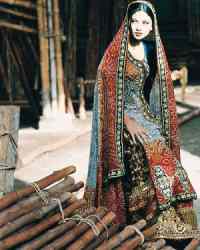
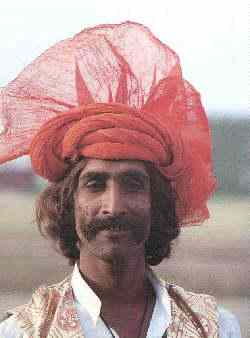
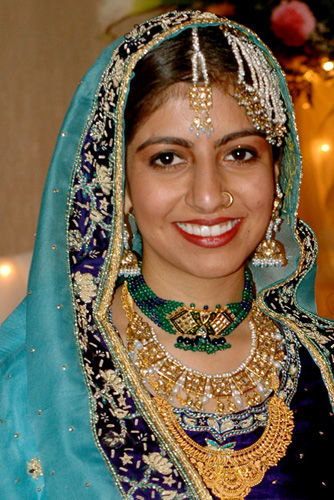




Dresses of each country generally correspond to the local climate, aspirations, traditions, culture and religion. Then there is a blend of traditional dresses and modern wear to keep step with changing times. The general casual attire of Pakistan and Hindustan is somewhat different from all dresses worn around the world, specially in the region. Due to extreme climatic conditions, the wearing of loosely fitted shirts ("Kameez") and trousers ("Shalwar") is very common both for women and men. Besides, "Dhoti", a large piece of unstitched cloth worn around the waist till the ankles is also worn in villages generally by men and occasionally by women in Punjab and Sind. While Shalwar is the most common dress besides Kameez in the frontier region and Balochistan. Owing to the peculiar requirements of the religion of Islam, wherein women are not supposed to expose their body, an unstitched piece of cloth is worn over the shirt, covering the head and upper body, known as "Chaddar". Men also wear Chaddar during winters to protect themselves from severity of the weather. However, women in rural areas also wear a over head dress, called "Burqa" to cover their entire body. Wearing of headdress is a sign of nobility in the Punjab and Sind, while it is a rather must in the frontier region and Balochistan.
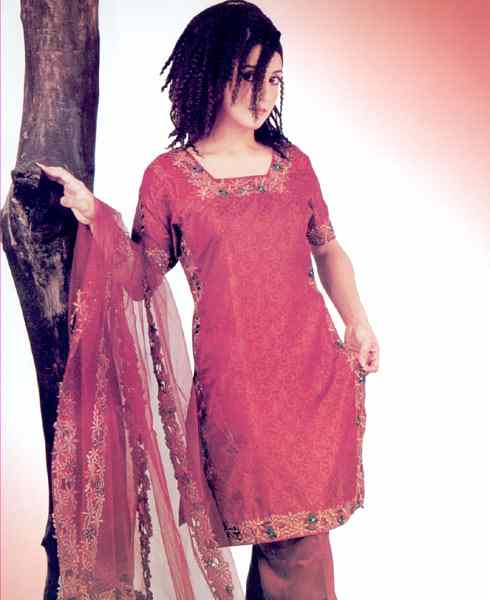
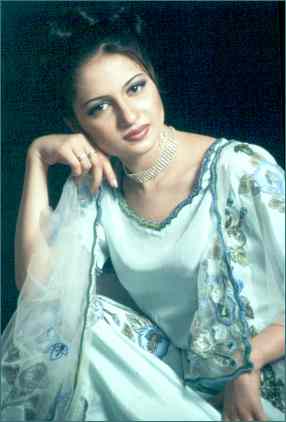
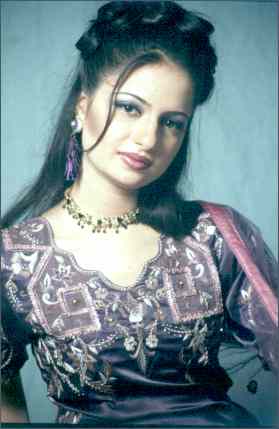
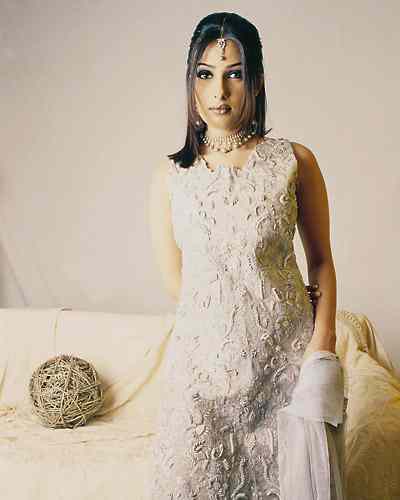
With the impact of media and openness to the western attire, the dresses, specially of women are changing at a fast pace. The shirts are shorter, sleeveless with tight fitting shalwars or trousers and embroidered necks. The "Dopatta" an unstitched cloth used to cover the body is now loosely hangs around the neck, leaving the body exposed. The brightly lit boutiques and fashion ware shops are mushrooming in all major towns and cities, displaying a wide variety of choice to select from.
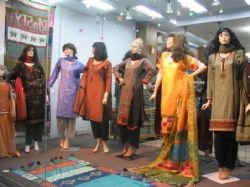
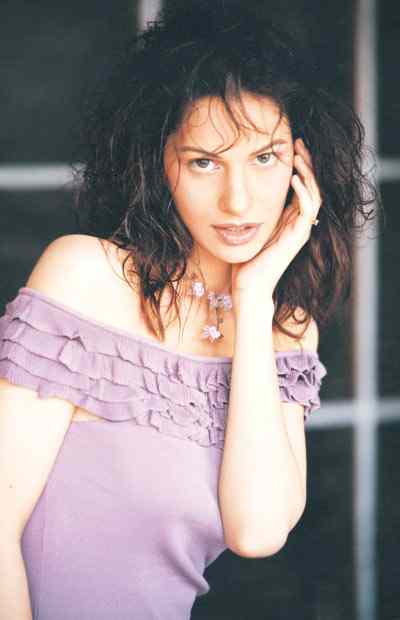
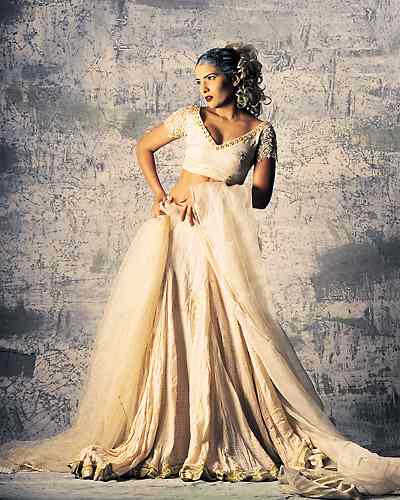
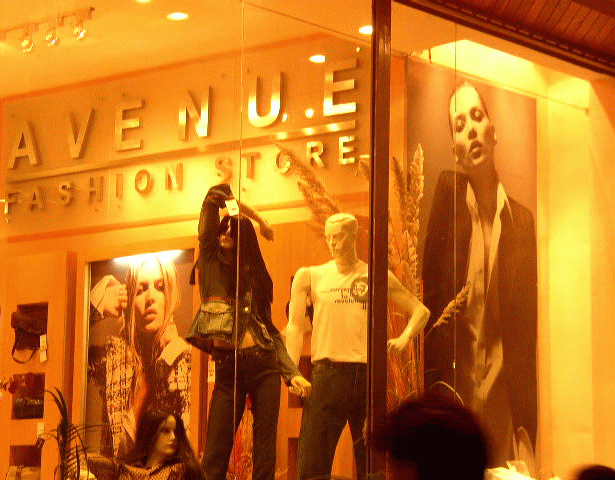
The bridal dresses are something that are matchless around the world. These are generally red, maroon and pink, heavily embroidered and exceptionally attractive. While the main centre of focus is the bride, her friends are no less in choosing their dress for these special occasions. Intricate detailing combined with sequins and zari work on beige gold and off-white, offers an off beat approach with red having made a comeback with a splash on bridal dresses.

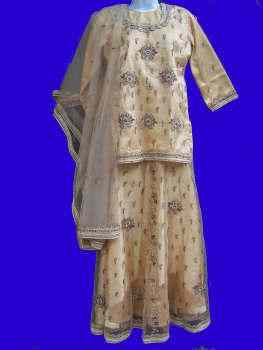
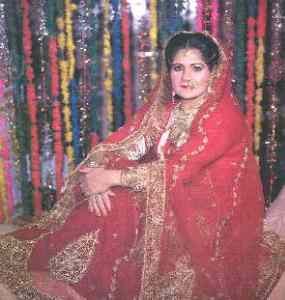


|
The bridal dresses are incomplete without heavily ornate jewellery, studded with precious and semi-precious stones. The unique beauty of the jewellery of Pakistan reflects the cultural traditions and diversity of the people. Centuries of tradition are artistically and lovingly moulded in each hand-crafted piece of gold, silver and other metallic and non-metallic materials. The 22-karat gold jewellery is mixed with silver, copper or other metals. Intricately woven designs are either traditional or modern. Gold jewellery, plain or studded with diamonds, other gems or pearls, is usually patronized by urban women, while silver jewellery is popular in the villages. The styles in vogue are Kundan, Nau-ratna (set with nine gems), Jarao and Minakari. The gem setting centres are Karachi and Lahore but Hyderabad too specializes in making fine gold jewellery, particularly ornate filigree work. Sind and Bahawalpur have preserved the old technique of Minakari. Swat, Kaghan and Chitral are known for their folk jewellery manufacturers Pakistan. (Bridal dresses below courtesy "Dawn")
|
The menswear generally remains unchanged, wherein the use of "Sherwani" - a long coat, is still worn on traditional occasions like marriages. However, the trend of adding embroidery is on the increase, perhaps to compete with the women. Wearing of brightly coloured embroidered long shirts "Kameez" on marriages is also gaining popular choice.
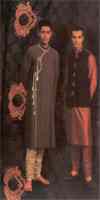
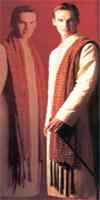
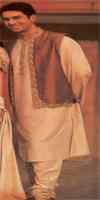
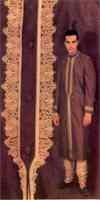
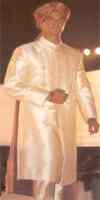
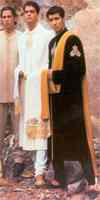
While the men continue to wear simple Shalwar Kameez combination, the summer dresses for women are brightly coloured, simple yet attractive. (Photographs below courtesy "Dawn")
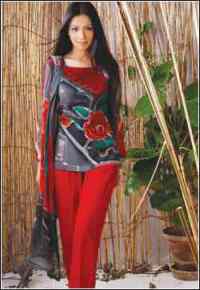
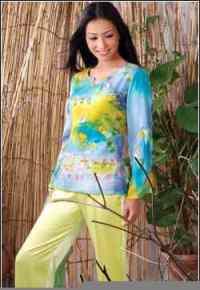
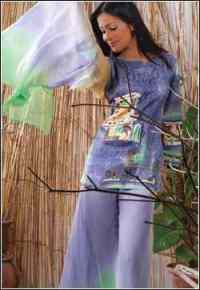
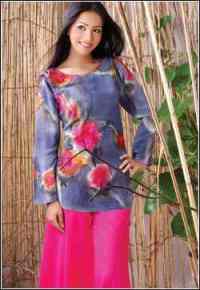
|
| HOME PAGE | Copyright©JalalsPages - 2005 - 2007 |